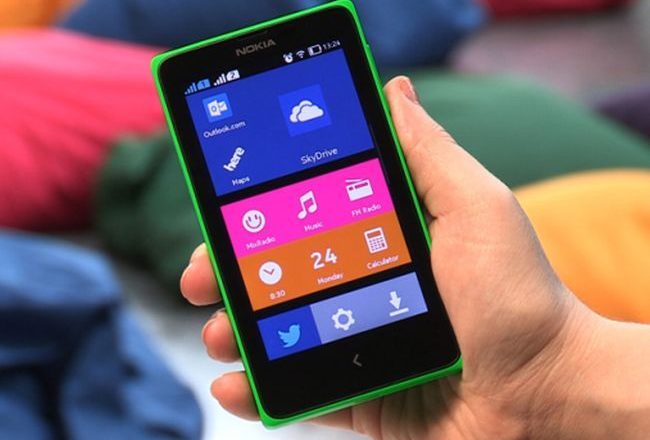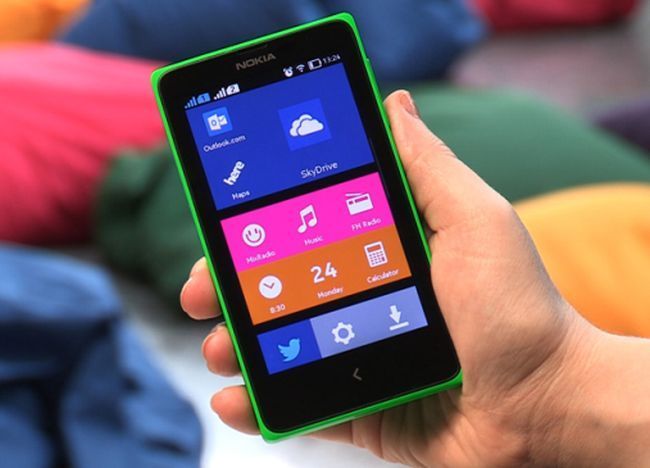Led by new-gen investors, mobile trading gets a big boost
Higher smartphone penetration and lower data charges are powering this trend.
Sundar Sethuraman reports.
A new generation of investors has taken to stock trading on mobile phones with a renewed zeal, driven mainly by social changes after the Covid-19 pandemic breakout.
The proportion of the cash market turnover ascribed to mobile phones has jumped from 5.3 per cent in June 2019 to 18.7 per cent in June this year, reveals BSE data.
The share of mobile trading on the National Stock Exchange (NSE) for June this year stood at 19.5 per cent.
A report by NSE states that the trend in internet-based trading has gained momentum since March 2020 due to increased retail participation, particularly since the nationwide lockdown.
“Retail investors and traders started utilising the online platform to trade equities directly from the comfort of their homes,” the exchange said in a recent newsletter.
Young investors are becoming active traders. Higher smartphone penetration and lower data charges are powering this trend, say industry players.
“About 70-75 per cent of our customers are GenZ and millennials.
“From the day we started operations, mobile applications contribute 70 per cent to our turnover,” says Prakarsh Gagdani, chief executive officer, 5Paisa Capital.
Easy onboarding was the biggest changer for the rise in mobile trading.
Onboarding via Aadhaar has made opening a demat account effortless.
“Aadhaar-based account opening is a growth catalyst.
“Before Aadhaar-based onboarding, a customer had to affix at least 16-17 signatures to his application form, and self-attest all proof being appended with the form. With Aadhaar, all this went away,” says Gagdani.
With investors adapting to the digital medium quicker, the broking community has invested more in technology (tech).
The volumes that came through dealers shifted to mobile phones due to limited availability of dealing room staff after the pandemic, say experts.
While industry spending on tech has gone up, it has been able to save on employee costs.
“The number of employees has shrunk to a tenth in a decade, and volumes have more than doubled.
“We could pull this off without a large relationship manager (RM) network because tech was available.
“Phones then had become the preferred mode of trading in the cash segment,” says E Prasanth Prabhakaran, managing director and chief executive officer, YES Securities.
Earlier, clients used computer-to-computer link systems of brokers to place orders with the help of dealers.
Institutional investors and high-frequency traders use the colocation facility to place large-sized trades on exchanges.
Bigger benefits
Mobile trading has also helped bring down trading costs drastically since it has helped reduce dependence on personnel used to punch orders.
Since there is a limit on the number of trades a person can place, erroneous trades were higher when orders were punched by the brokerage staff.
Since dealers recommend trades, the probability of clients incurring losses tends to be higher.
As customers do their trades on mobile phones, the chances of them sticking to their broker is higher, even if the number of transactions they do is fewer.
“Once mobile trading caught up, we managed to integrate research with mobile.
“Earlier, a change in research view was communicated through RMs.
“Now the information is passed on directly and allows you to make decisions.
“After 2020, the number of new investors who came in were mobile-friendly, and they did not want to reach out to RMs.
“Then we had a one-sided bull market. A lot of cost savings happened.
“Nearly 75-80 per cent of our volume happens on mobiles.
“High networth individuals still avail of the services of an RM,” says Prabhakaran.
While the share of mobile trading has remained stagnant over the past year, it will only increase in future, predict industry players.
“The market share of mobile trading will improve with time. The rise in the number of new customers is because of volatility. It is a phase of dormancy,” observes Gagdani.
Source: Read Full Article


